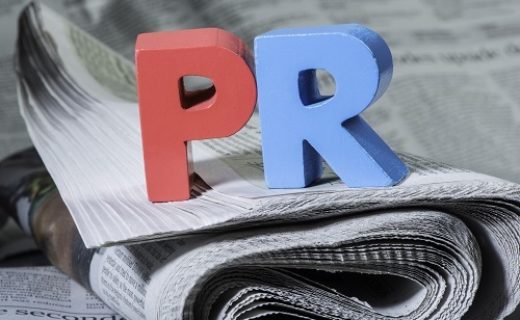The mobile landscape continues to evolve rapidly and devices are delivering new services as quickly as consumers are demanding them. Brands have recognized this appetite for mobile and are investing in technologies that enable connections between consumers and the brand that are valuable and seamless.
Starbucks, whose mobile app already processes over 1 million mobile payments weekly, recently announced a new partnership with Square, a mobile payment processing company. The partnership will bring critical mass to the mobile payment industry and help accelerate adoption among consumers across a variety of categories. As the technology rolls out and Starbucks begins to take full advantage of Square’s GPS technology, consumers won’t even have to pull out their phones to scan a barcode, but instead GPS alerts the store when a customer enters, and simply stating your name will complete payment.
To one-up its coffee competitor, Dunkin’ Donuts is making the focus of their mobile app more social. The Dunkin’ mobile app allows consumers to buy friends a cup of java. In addition to mobile payment features similar to Starbucks, consumers can use the app to send anywhere from $2 to $100 to friends, redeemable for goods at any Dunkin’ location.
But the mobile payment revolution has greater implications than facilitating your morning caffeine fix. For example, Chase allows its customers to deposit checks with the snap of a photo and transfer funds directly peer-to-peer with the push of a button.
Why It Matters
Tech savvy consumers have long been ahead of the curve with their smartphones, but as these devices are becoming more ubiquitous, mainstream consumers as well are asking and expecting their phones to do more. Streaming video, crystal-clear pictures and seamless social networking are considered standard features; now consumers are asking their smartphones to work as their wallets as well. 37% of current mobile consumers have used some type of mobile wallet application recently, and according to a poll by the Pew Internet & American Life Project, 65% of consumers expect most people to fully adopt smartphone swiping as an everyday means of payment by 2020.
While the U.S. trails behind the global market for mobile payments, a strong appetite for adoption and brands is helping move the U.S. forward. Brands are positioned to enable progress in mobile payments by providing consumers with advantages and motivations to choose mobile and make mobile payments and wallets mainstream.
As the barriers for mobile payment usage have decreased, consumers are drawn to the convenience and ease of transactions it provides. While many brands have already jumped into the mobile space with fun and games, now brands are beginning to offer more functional, utilitarian and valuable mobile services as consumers become more comfortable with the platform. When it makes sense for the brand, providing mobile payment options to consumers positions brands as forward thinking and ahead of the curve as well as provides an initial foray into this ease-of-use mobile world. Mobile payment solutions are not only valuable for consumers; they also benefit brands by providing additional points of engagement between brands and their consumers. As major brands make investments in mobile payments, innovation will continue to drive adoption and consumers will increasingly integrate mobile payments into their lives.





